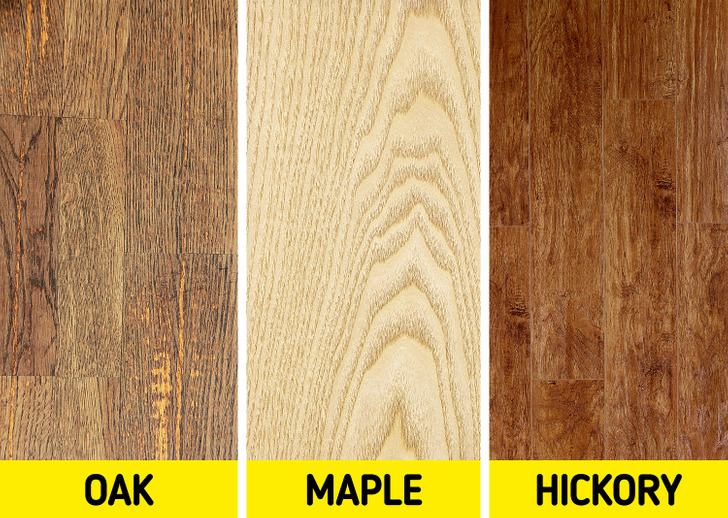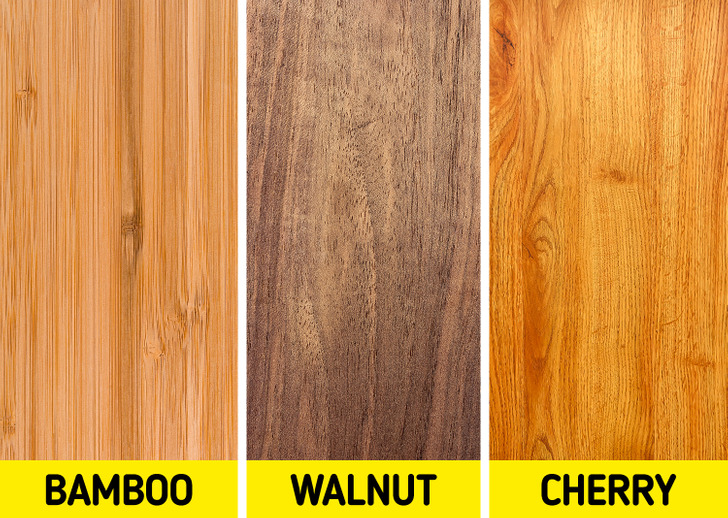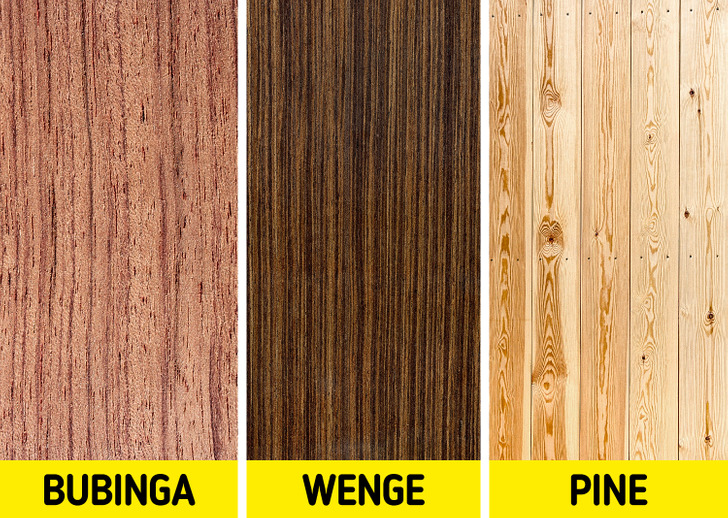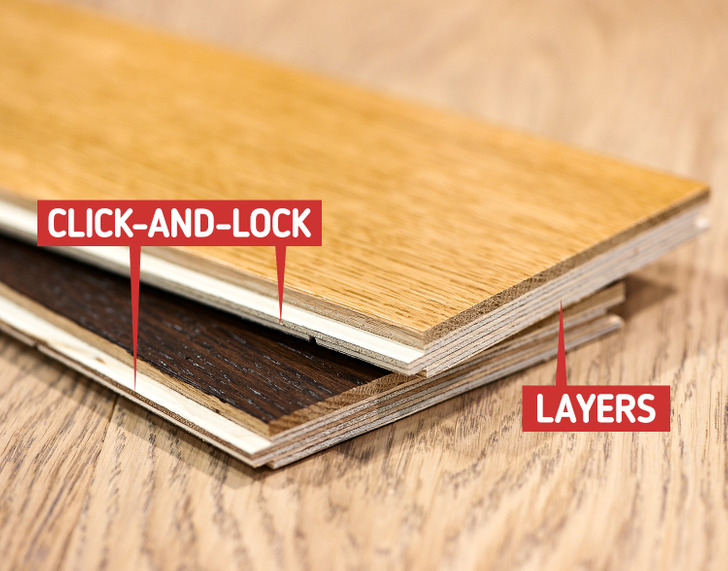A Guide to Different Hardwood Floors
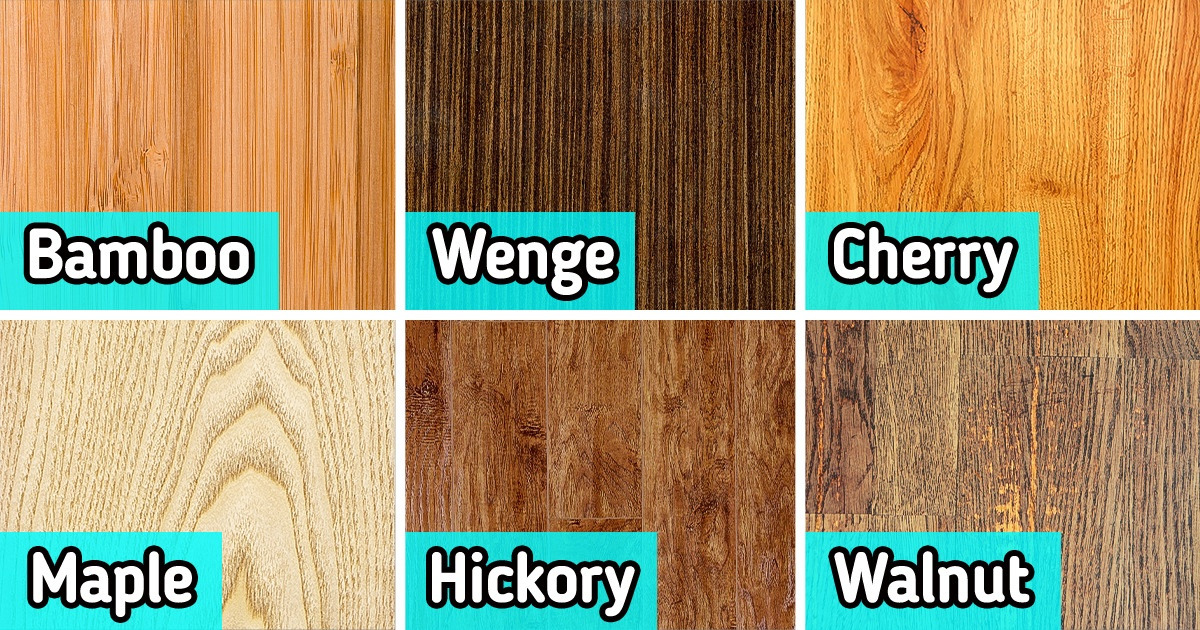
The floor covering is among the first main elements affecting the general atmosphere of a place we need to pay attention to when determining the style of our home décor. Choosing the furniture and items according to the floor will ensure harmonious decoration. If your floor covering is the leading role, your furniture is the side player. 5-Minute Crafts compiled examples of different hardwood floor types for you.
What types of wooden floors there are
The enduring hardwood floorings are made from particular trees and come in many colors, styles, and types to fit different needs and budgets. It’s a good idea to opt for wooden floors if you want your rooms to be easy to clean, hygienic, and have a natural decoration. There are 2 main flooring types; solid and engineered wood floorings.
1. Solid wood flooring
Solid flooring comes from 100% wood fitted to one another in different ways, for example, the tongue-groove method. Each solid wood board is made from a single piece of wood, typically 0.70 — 0.80 inches (18-20 millimeters) thick. Known for their durability, authenticity, and timelessness, they can be sanded and refinished many times. They are susceptible to humidity and aren’t suitable for lower-basement levels.
- Oak flooring is bug-resistant, durable, and can bend well. It has 2 main types; red oak and white oak. Both are dense and come in patterns, such as rings, wavy figures, stripes, dots, etc. While the white one is brownish to slightly greyish in tone and has less distinctive grain patterns, the red oak comes in lighter reddish, pinkish salmon, and rosy tones in medium to heavy grain patterns.
- Maple flooring comes with grain patterns, which go into a warm golden hue over time. Thanks to its light natural creamy color and finish, it goes well with the contemporary spaces. Maple wood is harder than oak and isn’t stain-friendly. It comes in 2 types; hard and soft maple, and in different patterns like wavy, curly, and straight lines.
- Hickory is the hardest and is a strong wood used extensively in producing engineered flooring. One of the best hickory trees is known to grow in the Appalachia region, US, because the cold climate limits the tree’s growth period, so it grows nice and slow. The sapwood of hickory produces lumber in a light color, which, over time, darkens to a pale or brown heartwood.
- Bamboo isn’t a tree but is grass in manila, with yellow tones, and dark shades. It is less expensive than oak. However, its hardness, rapid regrowth, and eco-friendly nature are preferred and used especially among proponents of sustainable (green) building. Its maintenance can be tricky as it may show dents and stains.
- Walnut, also known as American black walnut, is among the popular ones thanks to its chocolate brown classy and warm look. It generally becomes chocolate-brown or black within a few days of its dark mustard color.
- Cherry flooring comes in 2 types; Brazilian cherry (Jatoba) isn’t a cherry tree but a legume. It’s flexible and has different color variations ranging from deep red, reddish, and brownish to blonded tones with medium to coarse straight grains in high density. Therefore it’s a bit harder to see. It’s slightly supple and less likely to shatter than oak. American cherry gets redder by the years. Thanks to its luxurious finishing, it’s picked for musical instruments, high-end cabinetry, furniture, etc.
- Bubinga is an exotic, dense, durable, red-brown tropical African wood in different grain patterns. It gives a lavish yet warm and unique feeling. It comes in uniform grains and colors with even fine textures. This wood type is also used in guitar production.
- Wenge, also known as African Rosewood, is deep dark brown wood from Africa. It’s dense, durable, heavy, and hard to cut, suitable for staircases. It’s ideal for high-traffic areas, thanks to its resistance to damage. It’s used in high-end homes and contemporary designs where you can pick your furniture in a light color to contrast well with the floor.
- Pine is soft, less-dense, cheap, sustainable, and abundant in the US and Canada. Although its color depends on the species type, it comes in pale or yellow. It has high moisture content and is suitable for paneling, shelving, rustic furniture, etc.
2. Engineered wood flooring
Engineered flooring is an alternative to solid hardwood flooring. It’s a plywood-type base consisting of 5 to 7 wood layers topped with veneered wood around 4 millimeters thick. There’s a highly stable core in the middle, making engineered hardwood flooring less likely to shift, expand, or contract when exposed to environmental changes in temperature, moisture, and humidity.
Because they aren’t completely solid hardwood, engineered flooring, therefore, can’t be sanded and refinished indefinitely, but you can refinish it once or twice. It has an easy ’click-and-lock’ installation with minimal glue or adhesive required. It is suitable for the living rooms, dining rooms, bedrooms, and kitchens. Although the engineered hardwood is less expensive than solid hardwood, they have high durability, a thicker top layer, and unique designs.
